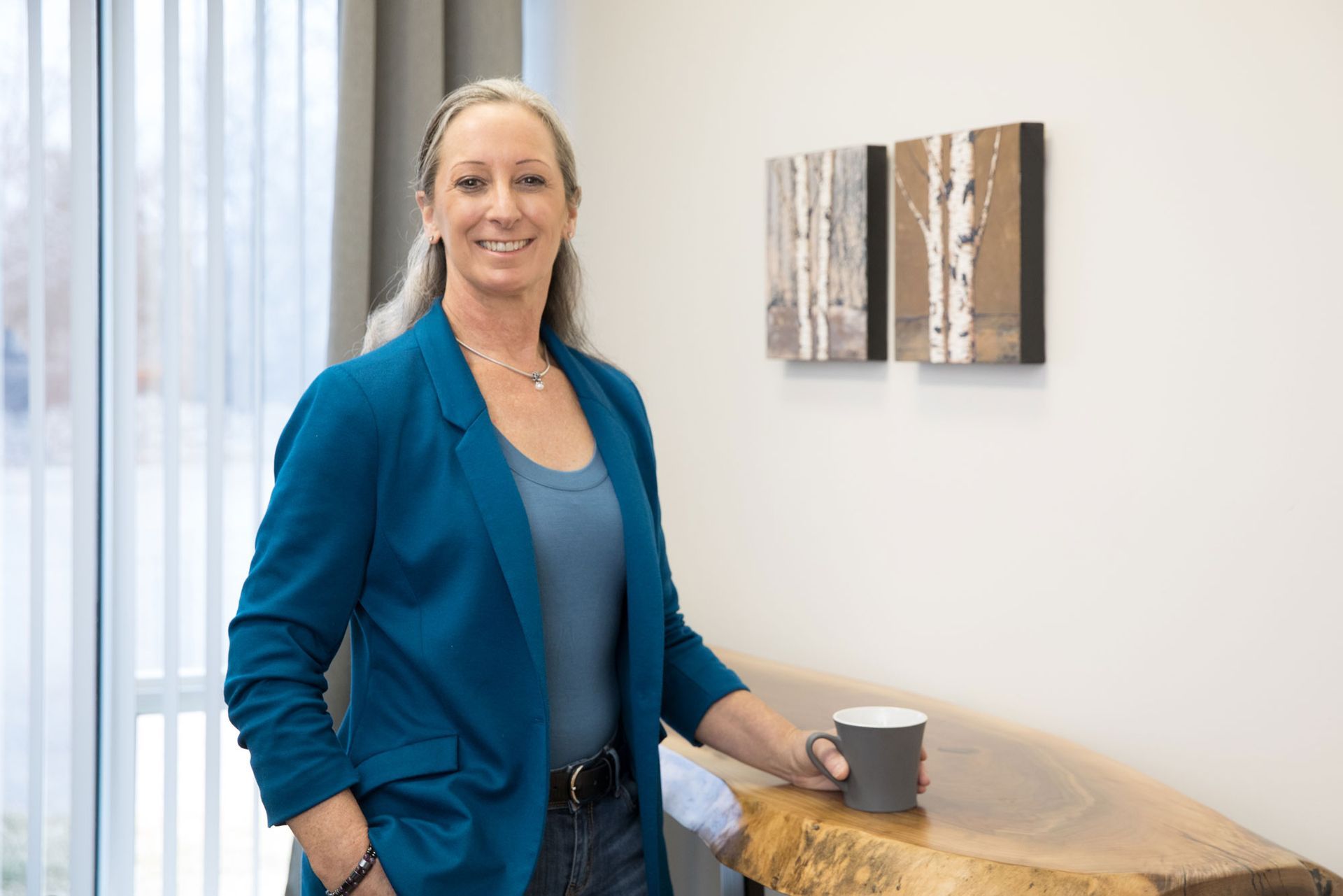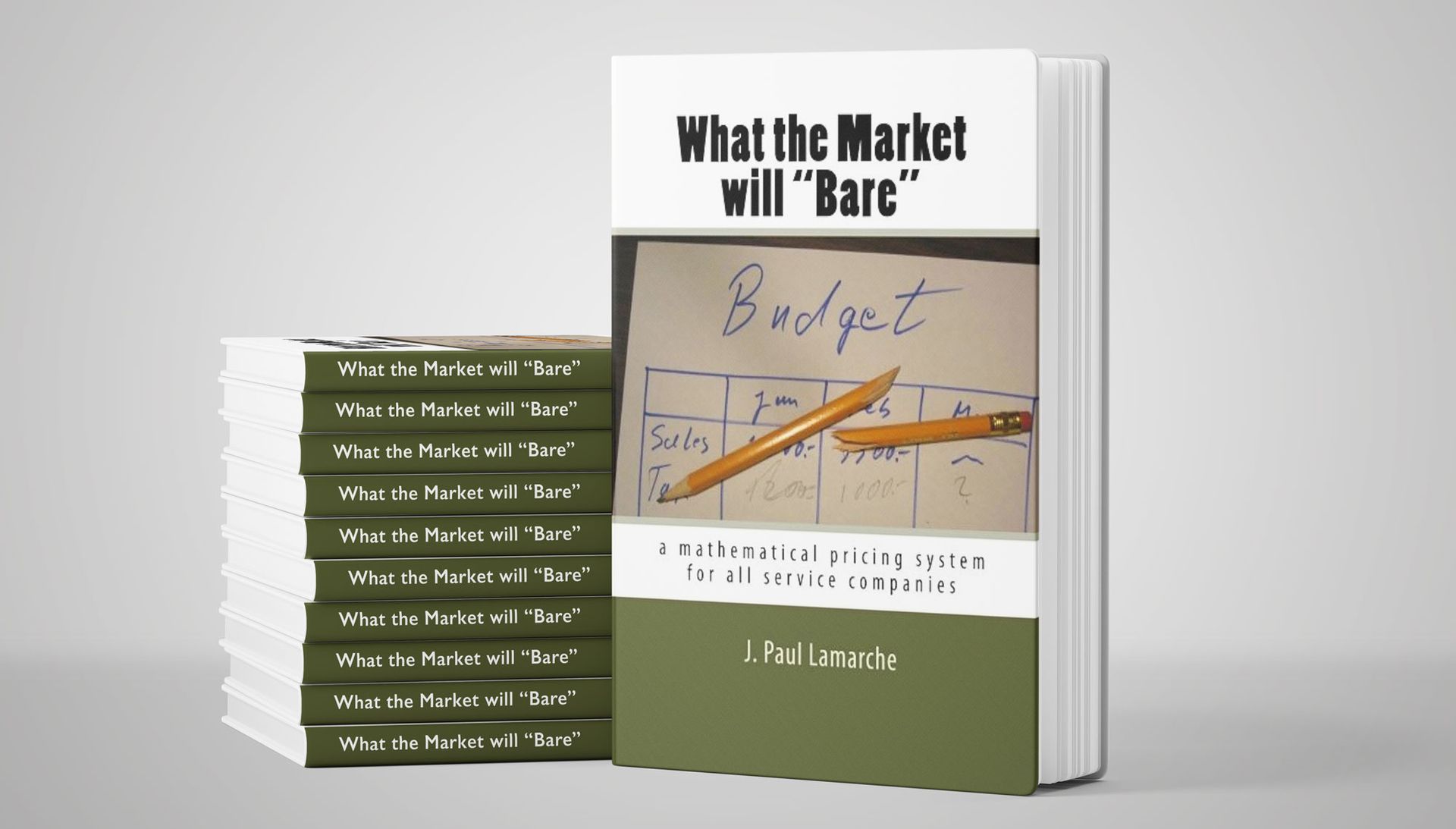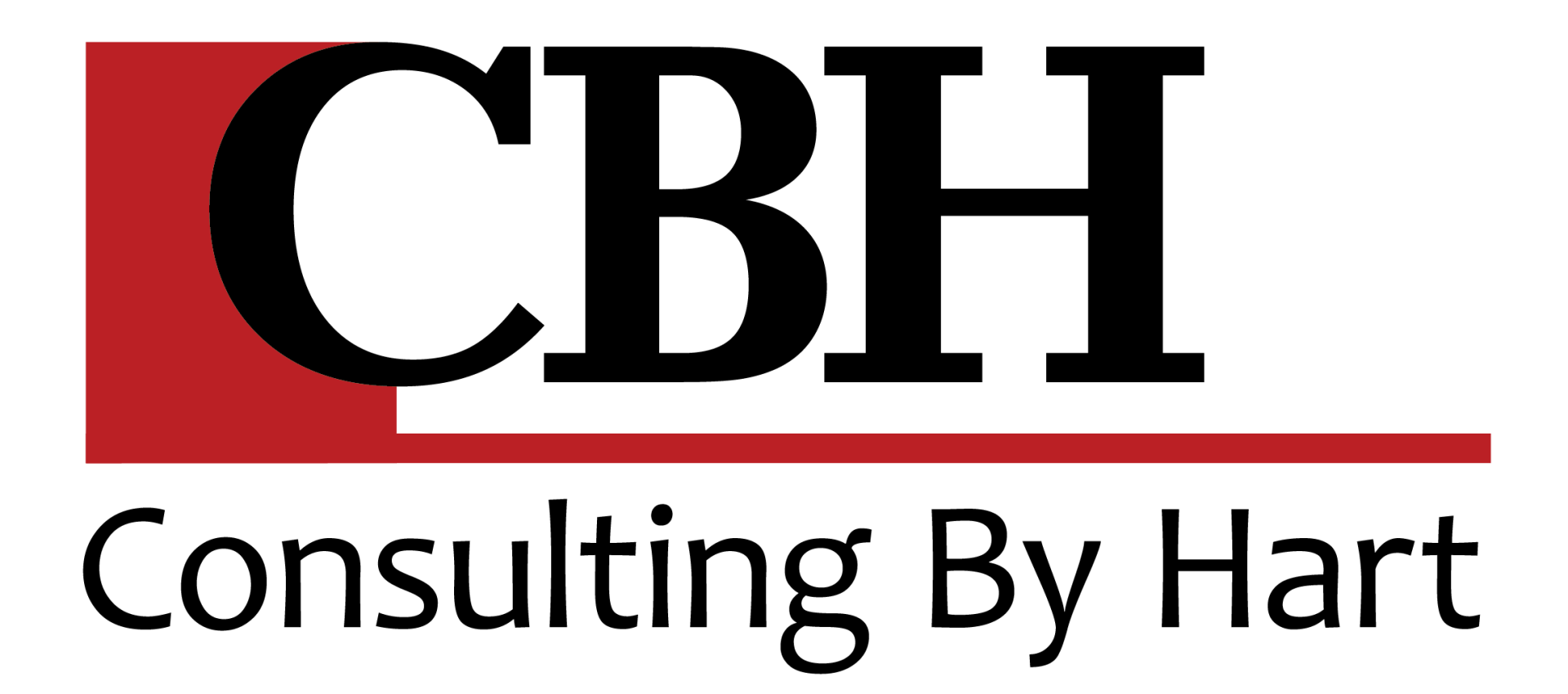Keep Your Promises

I believe there are few things that can happen in business to derail a customers trust and confidence in you and your team than a broken promise. Promises are what brought a customer into your business – your brand promise, a value exchange promise, a service delivery promise, a design/build promise, a dream fulfilling promise…. Whatever promise you and your team have made, KEEP IT.
The challenge of keeping promises lies in the crevices of your communication systems. How often, in what way, and with what accuracy communication takes place – in all directions. Many businesses struggle with clear communication. Without clear and timely communication that’s consistently delivered, it’s pretty tough not to disappoint sooner or later.
Last month for my Business Bites session, I hosted Glenn Curtis, Principal at Plantenance Inc, based in Montreal. Glenn, who now also does business coaching in our profession, is celebrating his companys’ 40th anniversary this year. An impressive and rare milestone – especially with the added accolades of countless Awards of Excellence from Landscape Ontario for his teams’ design/build talent.
In preparation for our hour-long chat, Glenn and I talked about how he ensures his company keeps its’ promises to customers. I pulled a Top 6 Tips from our chat, and that’s what we discussed for the Business Bite session. Here’s Glenn’s Top 6:
- Continuous Improvement Teams
- Expectation Training
- Three C's
- AAA - After Act Assessment
- SOW Scope of Work
- Digital Change Orders
Here’s the highlights:
1. Continuous Improvement Teams. Every winter (no, they don’t ‘do’ snow anymore), the staff descend upon a large envelope full of notes which have captured ideas and dropped balls as the season progressed. They sort and prioritize the notes, and then dig in to solving the root causes of communication and service issues. The end result is team engagement in new/tweaked systems designed to continually finetune or replace the processes that failed.
Expectation Training: Each spring, Glenn brings in professional trainers from outside the company who assist with training employees how to anticipate, communication and manage customer expectations.
2. Three C’s: Communicate, Communicate, Communicate. Glenns’ team are excellent communicators, whom are constantly asking themselves what they could do better. They are nimble, observant and open-minded. When the slightest hint of a customer being confused or ‘on a different page’, they dive in to why… by asking questions such as: what did we say or write that led the customer to think that? Or what didn’t we write/say? How could we word our contracts differently? Do we need to change the order of clauses? How could we create a simply visual for customers to refer to their contract? Etc.
3. AAA – After Act Assessment. Taken from a military framework for debriefing an event, Glenn and his team are always asking themselves (and their customers and staff) how did we do? They take the feedback and discoveries seriously, and quickly implement solutions to inefficiency and inaccuracies.
4. SOW – Scope of Work. Glenn is very proud of how detailed his design build contracts are. Yet he knows there’s always room for improvement…. “we’re not perfect but we sure try to be” he remarked in our interview.
5. Digital Change Orders. Every business owner knows how hard it is to manage changes on the fly, to get written approvals and make sure materials are ordered in a timely way. And the biggie: to make sure everything is billed properly and in a timely way. His team has created digital change orders, which put the right info into the right hands immediately, and also which flow through to automatically update the customers budget, and their projected completion date on their project.
The systems that help to manage both the volume of work and the precision of keeping promises at Plantenance are all living systems… constantly changing, adapting, tweaking, and celebrating success. Glenn, Rosie and their team set a great example of how to use the concept of continuous improvement, with a dash of humility, to get the job of keeping promises done really well.
So, I challenge you to look at Glenn’s top six tips on keeping promises, and make the time to consider how some of these great ideas might very well assist you and your team in upping the game on customer experience management!
Other Articles That May Interest You:




